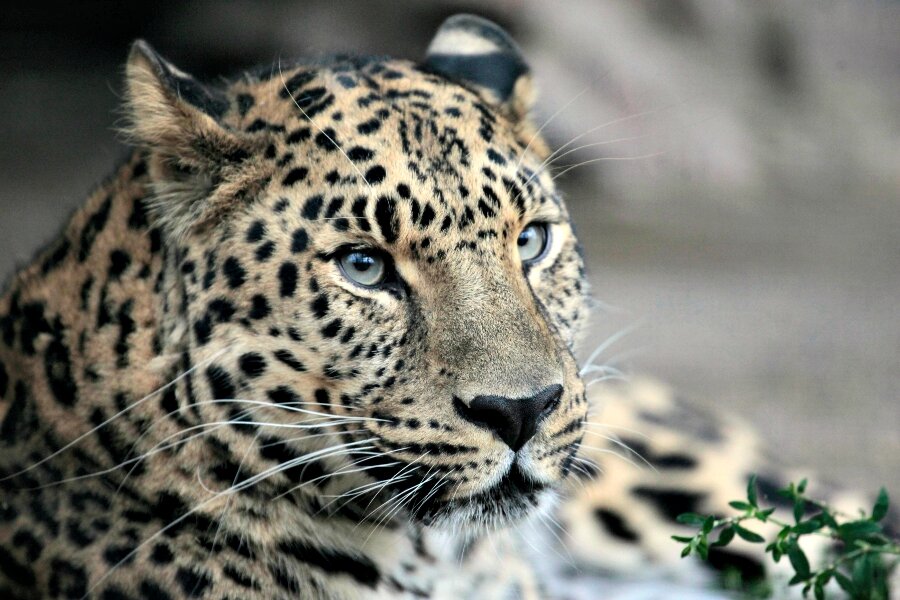World’s most endangered big cat may be on the rebound
Loading...
An extremely rare spotted cat could be stepping back from the brink of extinction.
The Amur leopard appears to have doubled its wild population in the past several years from fewer than 40 adults in 2007 to 80 or more in 2014 and repopulated some of its historic range in China, according to a joint announcement by Russian and Chinese scientists.
Land of the Leopard National Park, a federal nature reserve that sits on Russia’s far southeastern border with China, released the finding online last week.
The count was compiled over two years; camera traps recorded images of the region’s leopards that were then analyzed to pick out individual animals, said Jonathan Slaght, a wildlife biologist who collaborates with Russian scientists and conservationists in the region, called Primorsky Krai.
Slaght, who works with the New York–based Wildlife Conservation Society, said the Amur leopard’s improved numbers speak to strong commitments by federal and regional agencies in Russia to saving the species from extinction.
In 2012, the Russian government combined three smaller protected areas with nearby unprotected land to create Land of the Leopard National Park, 1,011 square miles of prime forest habitat for Amur leopards and Siberian tigers, as well as the deer and boar they prey on.
The government has also strengthened penalties for poaching in recent years.
While Slaght is confident that Amur leopard numbers have increased, he believes more work needs to be done to get an accurate estimate of the cat’s trans-boundary population.
“There could in fact be 80, but more likely the number is a little bit less,” he said, because some leopards are likely to be moving between Russia and China and encountering the networks of camera traps on both sides of the border.
“What needs to happen, to evaluate that number of 80, is to join the Chinese data to the Russian data,” Slaght said. “It’s looking like both sides are willing to do one of these unified database analyses.”
A recent, statistically valid study estimated a population of about 56 Amur leopards in Land of the Leopard National Park, he added.
The Amur leopard is a subspecies of the better-known leopard of Africa’s savannas. It was once native to a wide swath of eastern China, the Korean Peninsula, and eastern Russia, but poaching and habitat loss cut its numbers severely during the 20th century.
By 1996, the year the International Union for Conservation of Nature Red List declared the species critically endangered, Amur leopards were functionally extinct in China and long vanished from the Koreas, enduring only in a relatively small chunk of their historic range in southeastern Russia.
• Emily J. Gertz is TakePart's associate editor for environment and wildlife.
• This article originally appeared at TakePart, a leading source of socially relevant news, features, opinion, entertainment, and information – all focused on the issues that shape our lives.







